Published 21/05/2016
A rundown of some of the most interesting and notorious manhunts in history.
|

|
John Wilkes Booth On April 14, 1865 President Lincoln was assassinated by John Wilkes Booth while attending a play at Ford's Theater in the Capitol. As a popular actor who had frequently performed at the theater, Booth knew the facility well and after shooting Lincoln, he jumped from the president's box to the stage, raised his knife and shouted, "Sic semper tyrannis" (Latin for "Thus always to tyrants"). He then fled through a stage door to the alley where his getaway horse was waiting. Over the next 12 days, Union Soldiers pursued Booth southward until he was finally killed at the Garrett farm in Virginia. Although conspiracy theorists contend that the man killed at Garrett's farm was not Booth and that the real man escaped and lived under an assumed name for many years after. |
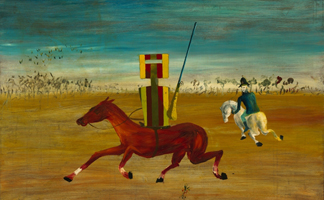
|
Ned Kelly Cold-blooded killer to some, folk hero to others, Edward 'Ned' Kelly was a bushranger, a term that typically referred to runaway convicts in the early years of the British settlement of Australia. Like the outlaws of the American West, bushrangers robbed banks and trains as a way of life. After killing three policeman in 1878, a manhunt for Kelly and his gang began and didn't end until two years later. Dressed in homemade metal armour and a helmet, Kelly was finally captured and hanged for murder. To many, Kelly is a symbol of Irish resistance against oppression by the British ruling class and has become an iconic figure in Australian history. |
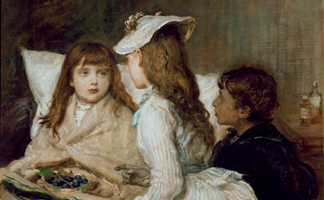
|
Typhoid Mary An Irish immigrant, Mary Mallon worked as a cook in the New York City area from 1900-07. She worked for at least six households and in every instance at least one of the family members fell ill with typhoid fever, in three cases they died. Despite several attempts by a researcher to warn her that she was a carrier of the pathogen, Mary continued to work as a cook and was eventually taken into custody and quarantined for three years. Mallon was released after she agreed to never work as a cook again, but after adopting the psuedonym Mary Brown she went back to her old profession. In 1915, she was arrested again and confined to quarantine for the rest of her life. All told, she is believed to have infected 53 people. |
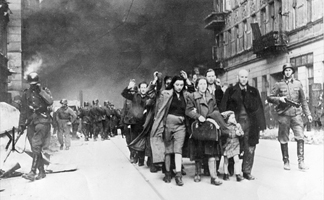
|
Adolf Eichmann During World War II, Eichmann was a Lieutenant Colonel in Hitler's SS. Because Eichmann could be relied upon ideologically and was blessed with organizational talents, he was charged with facilitating and managing the mass deportation of Jews to ghettos and extermination camps in Eastern Europe. At the end of the war, he was captured by the U.S. Army which was unaware of his true identity. After escaping from U.S. custody he fled to Argentina where he lived until he was finally captured by the Mossad on May 11, 1960. Eichmann was smuggled into Israel where he stood trial, was convicted on all counts and was hanged. |
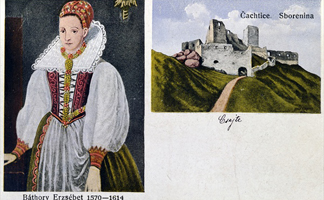
|
The Blood Countess Countess Elizabeth Bathory of Hungary has been labelled the most prolific female serial killer in history, although her guilt is still debated today. In 1610, the Countess and four others were accused of torturing and killing upwards of 650 girls. The legend supposes that Elizabeth bathed in the blood of virgins in order to retain her youth, but sadistic pleasure is more likely the motive. The Countess was never officially charged, instead she was kept under house arrest in a walled series of rooms until she died four years later. |
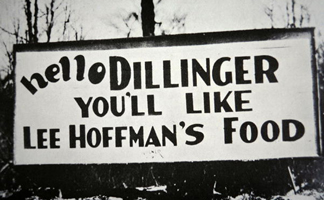
|
John Dillinger Like Ned Kelly, John Dillinger was seen by some as a folk hero in the Depression-era United States, as he worked his way across the midwest robbing dozens of banks and police stations. Proclaimed 'public enemy no. 1' by J. Edgar Hoover, the director of the newly formed FBI, Dillinger was portrayed by the media as daring and dashing in his various criminal exploits. Dillinger proved elusive, managing to escape from jail twice, and led police and the FBI on a nationwide chase for more than a year. Pursued to Chicago, Dillinger was finally brought down by FBI agents outside of the Biograph Theater in July 1934. People were said to dip their handkerchiefs in his blood - even in death Dillinger was irresistible. |

|
Bonnie & Clyde Contemporaries of Dillinger, Bonnie Parker and Clyde Barrowwere outlaws during the public enemy era of the early 1930s. Unlike Dillinger, their crimes were much more violent as they were believed to have killed at least nine police officers and several civilians. During their two year spree from Minnesota to Texas, they eluded law enforcement a handful of times only to be ambushed in Louisiana by four Texas officers. So numerous were the bullet holes on their corpses, the undertaker would later have difficulty embalming their bodies. The two had wished to be buried next to each other, but Bonnie's family wouldn't allow it. The ambush of Bonnie and Clyde signalled the beginning of the end of the public enemy era. |


